Strathcona Park tent city supporters, neighbourhood residents and a Downtown Eastside community activist are pleading with governments to create a sanctioned camp for unhoused people.
After moving from Oppenheimer Park to a lot near Crab Park to Strathcona Park, Vancouver’s current tent city — dubbed the “Kennedy Trudeau” or KT camp by organizers — has now swelled to 360 tents, according to the park board. According to Chrissy Brett, a camp organizer, anywhere from 250 to 500 people live at the camp.
Since 2016, there has been a large tent city somewhere in Vancouver, at first moving from empty lot to empty lot and now to city parks.
The encampments have endured despite repeated attempts by the city and province to house residents and dismantle the camps.
In May, the province took the unprecedented step of using a public safety order to dismantle a two-year-old camp at Oppenheimer Park in Vancouver and two camps in Victoria. It leased space in hotels to temporarily house residents.
Yet tent encampments remain in both cities.
“While the politicians continue to play hot potato with people’s lives… at least the people in my circles will step forward and hold our most vulnerable people up, in line with what we do with our real traditional Indigenous communities and ensure that nobody is left behind,” Brett said.
Some residents of the current camp at Strathcona Park are high needs, and organizers work daily to diffuse conflicts before they escalate, Brett said. The camp is led by Indigenous matriarchs who enforce rules about who can stay in the camp, and violence isn’t tolerated, Brett said.
With B.C. still in the midst of the COVID-19 pandemic, the city has installed an extra hand-washing station at the park and three porta-potties.
But city staff say camp organizers have been opposed to the presence of city outreach workers in the camp, so staff do not know the exact number of people living at the camp and have difficulty assessing their welfare.
Veronica Butler, another camp supporter, said residents need better access to water. There is also no overdose prevention site operating at the camp.
Overdoses are common, Butler said, and camp residents and organizers have had to respond or call paramedics to help. The camp does have an adequate supply of the overdose reversal drug naloxone, she said.
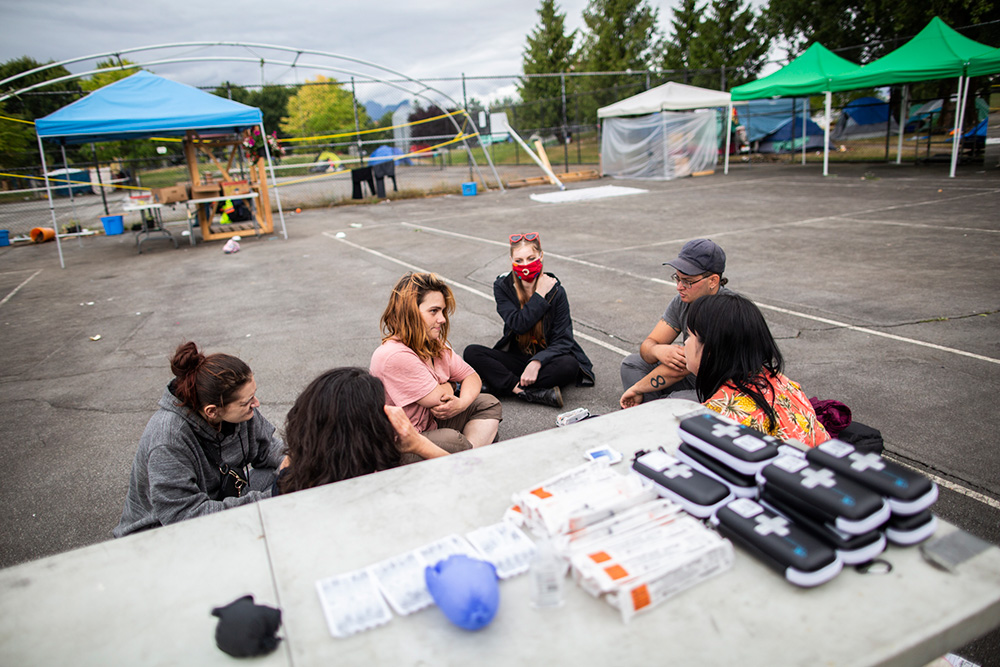
Brett and other organizers are adamant that the camp is needed and provides a safer community for unhoused people.
But Butler said the location at the park is not ideal, creating conflict with too many other community needs.
Strathcona is a residential neighbourhood east of the Downtown Eastside, with heritage houses and social housing apartments. Strathcona Park is the biggest in the neighbourhood, with a playground, open fields, a tennis court and a field house.
Katie Lewis, a member of the Strathcona Residents’ Association, said she has a good relationship with Brett and believes “the intentions are good, and I support them.”
But she said there’s been an undeniable change in the neighbourhood since the tent city moved in around seven weeks ago, and her neighbours are scared and on edge, especially if they have children.
Last week Lewis observed a man who she said appeared to be in the grip of psychosis pick up a five-year-old child at nearby MacLean Park and shake him. She added that another mother found a purse at MacLean Park; when she looked inside, she found a gun.
Lewis believes the man who picked up the child is a longtime neighbourhood resident and may not be tied to the camp. Brett said if she learns that any resident has been violent, they would not be welcome in the camp.
Karen Ward, a Downtown Eastside resident and community activist, is critical of the actions of activists who have been supporting the camps. She questioned the decision to move to Strathcona Park and fears it could put unhoused campers at risk of arrest and further criminalization.
“People are in a vulnerable state. People have died and been assaulted, seriously, and the recklessness of getting into a fight.... You’re inviting criminalization on yourself and others,” Ward said.
“You may have good intentions, it starts out OK, but a month and a half later it’s a mess.”
But Ward also said the city should have anticipated that homeless camp numbers would swell in the summer — they always do — and put in place a plan that took into account COVID-19 precautions.
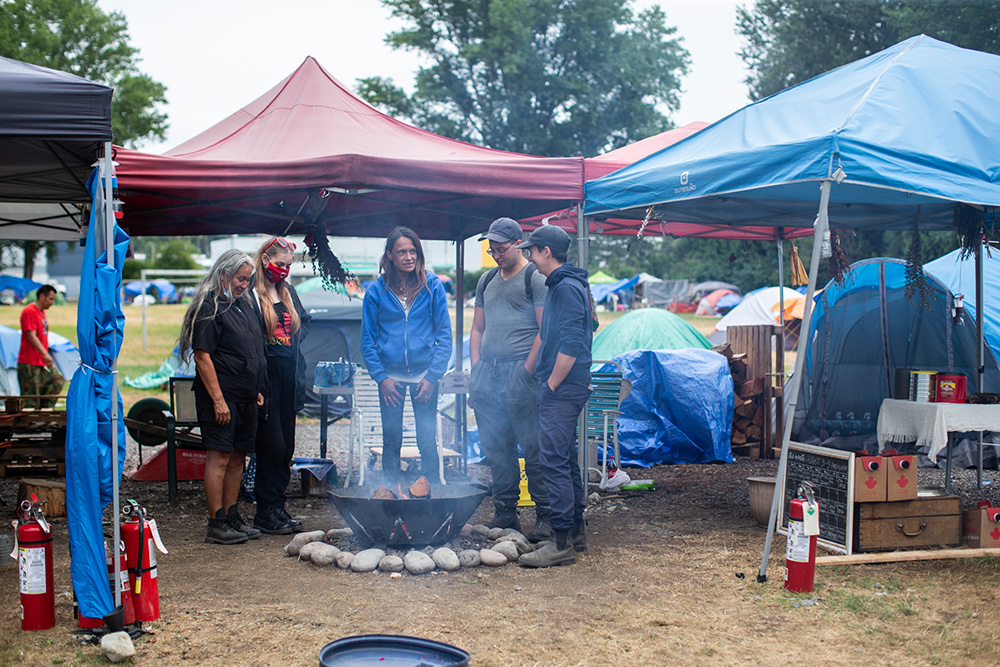
Brett, Lewis and Ward all say the solution is one or more sanctioned tent cities. But it’s a route the City of Vancouver and the provincial government have been reluctant to take.
“We recognize that there are a variety of reasons why people may be sleeping outside, but we do not believe that encampments like the one in Strathcona Park and the one that was situated on federal land at Crab Park represent an appropriate solution to the homelessness crisis,” city communications staff said in an email to The Tyee.
“The City does not control any vacant sites that would be feasible for this purpose and we also believe people should have a place indoors to sleep; therefore we are continuing to focus our efforts on working with senior government and BC Housing to rapidly expand shelter and housing capacity as the most effective, appropriate response to the needs of homeless individuals across Vancouver and staying in Strathcona Park at present.”
A statement sent to The Tyee on behalf of Shane Simpson, B.C.’s minister of social development and poverty reduction, says BC Housing is working to find people housing and the provincial health officer has released guidelines for homeless encampments during COVID-19.
Lewis said none of the solutions she’s heard from government, including a provincial “navigation centre” to help residents find homes, will be in place fast enough to address current safety concerns.
Brett would like to see the federal government step in and provide a response similar to refugee camps. She said that for many unhoused people a tent is preferable to a shelter spot or a single-room occupancy hotel, and it’s important that people be able to choose the best living situation for them.
“The first thing they put into a refugee camp is water, bathrooms, then electricity to bring normalcy and sanity... to an unsettled situation, and lastly showers,” Brett said.
Lewis said the Strathcona Residents’ Association wants the camp to move to a site less than a kilometre to the west near Pacific Central Station that is currently being used as a parking lot for a Lexus dealership. Nearby Trillium Park is another possibility, because there are more showers at that site, Lewis said.
Ward said that supported tent cities should be designed with COVID-19 precautions in mind and suggested multiple sites with no more than 50 people at each site. City-owned parking lots, vacant lots or golf courses are all possible locations, Ward said.
She envisions camps with a trio of relatively simple amenities: proper bathrooms and running water, an overdose prevention site and visits from public health workers.
Ward doesn’t believe locating tent cities in parks is a good solution, especially in the age of COVID-19. East Vancouver residents, housed, precariously housed and unhoused, all desperately need access to public space.
“Let’s anticipate a little bit into the future,” Ward said of the response from various levels of government. “I’m pretty sure that [the camps are] not going to magically disappear. I don’t see what the plan is here. And people are in trouble.” ![]()
Read more: Rights + Justice, Housing, Municipal Politics


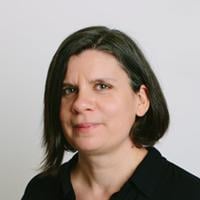
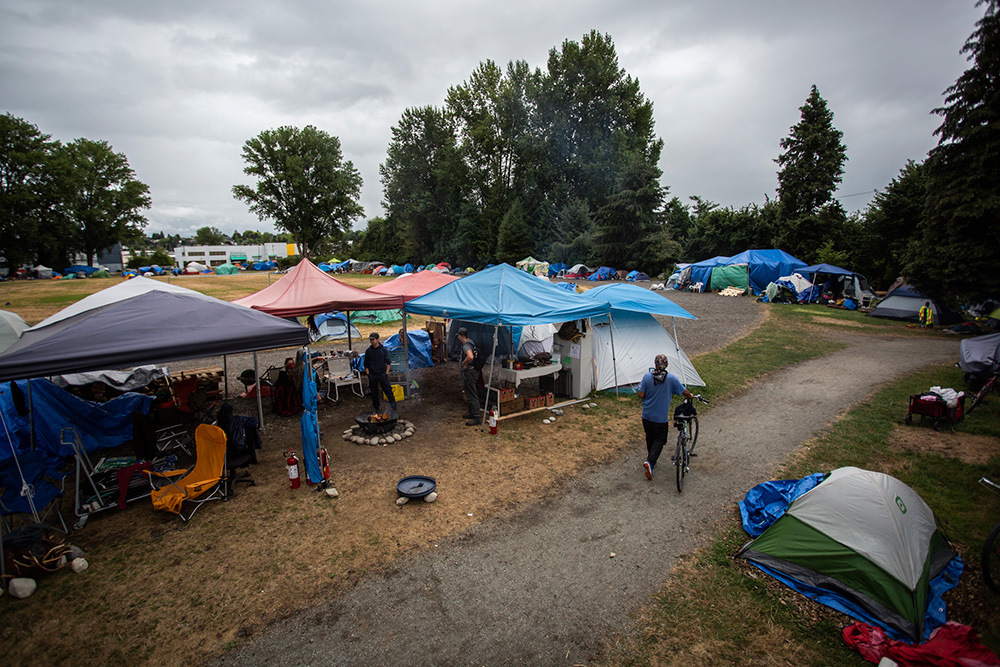








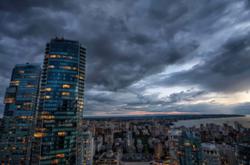
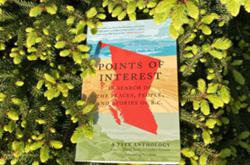


Tyee Commenting Guidelines
Comments that violate guidelines risk being deleted, and violations may result in a temporary or permanent user ban. Maintain the spirit of good conversation to stay in the discussion.
*Please note The Tyee is not a forum for spreading misinformation about COVID-19, denying its existence or minimizing its risk to public health.
Do:
Do not: